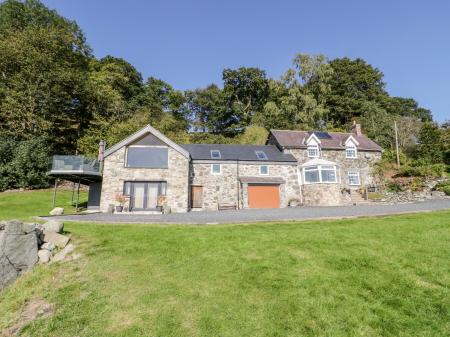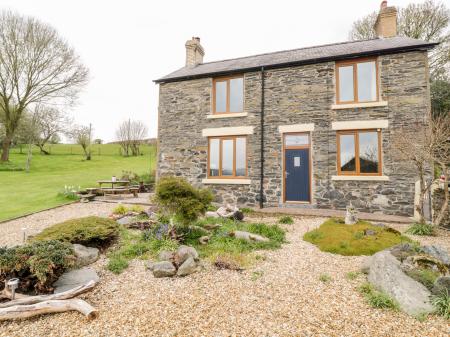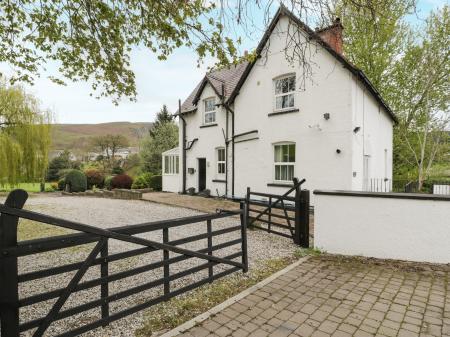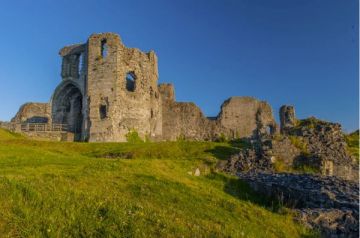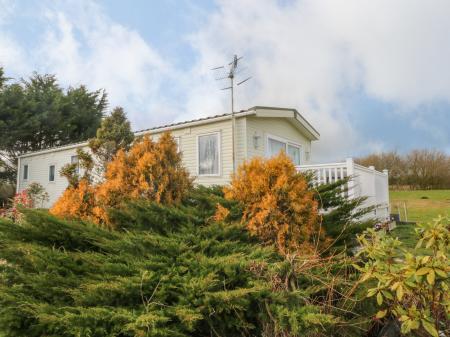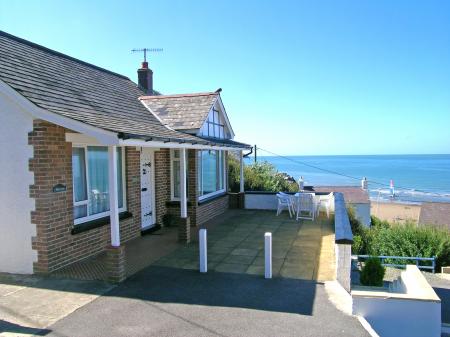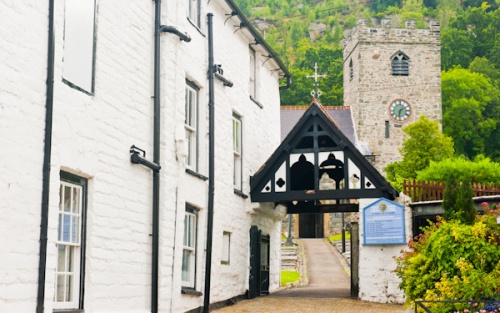
History
The name 'Corwen' loosely translates as 'White Choir' or 'White Church'. The town was first settled as early as the 6th century when a religious community was established here by the British-Welsh saints Sulien and Mael, to whom the current parish church is dedicated.
There are several outstanding historic sites in the area; to the south is Llangar Old Church, a beautiful ancient church in an attractive rural setting, and a bit further on is the stone circle of Moel Ty Uchaf.
To the north, across the Dee, is the huge hill fort of Caer Drewyn, built around 800 BCE. Caer Derwyn was used by the 12th-century Welsh hero, Owain Gwynedd, and two centuries later it was at Caer Drewyn that Owain Glyndwr is said to have assembled his army to launch his rebellion against the English crown.
Glyndwr himself lived just east of Corwen, and he is remembered with a striking equestrian statue in the town square, across from the hotel that bears his name.
 We've 'tagged' this attraction information to help you find related historic attractions and learn more about major time periods mentioned.
We've 'tagged' this attraction information to help you find related historic attractions and learn more about major time periods mentioned.